-
 bitcoin
bitcoin $112715.707551 USD
-1.71% -
 ethereum
ethereum $4101.475385 USD
-3.01% -
 tether
tether $1.000644 USD
-0.02% -
 bnb
bnb $1207.619465 USD
-6.77% -
 xrp
xrp $2.501451 USD
-3.98% -
 solana
solana $202.947124 USD
-3.32% -
 usd-coin
usd-coin $1.000295 USD
0.04% -
 dogecoin
dogecoin $0.203884 USD
-4.47% -
 tron
tron $0.317154 USD
-1.72% -
 cardano
cardano $0.695009 USD
-4.43% -
 hyperliquid
hyperliquid $38.853961 USD
-8.23% -
 chainlink
chainlink $18.988674 USD
-4.64% -
 ethena-usde
ethena-usde $1.000233 USD
-0.03% -
 stellar
stellar $0.337050 USD
-3.63% -
 bitcoin-cash
bitcoin-cash $536.861728 USD
-1.28%
What is Binance Futures and how does leverage work?
Binance Futures offers leveraged trading on crypto assets with up to 125x leverage, supporting USDT and coin-margined contracts, advanced risk controls, and real-time tools for managing positions amid high volatility.
Oct 14, 2025 at 06:54 pm
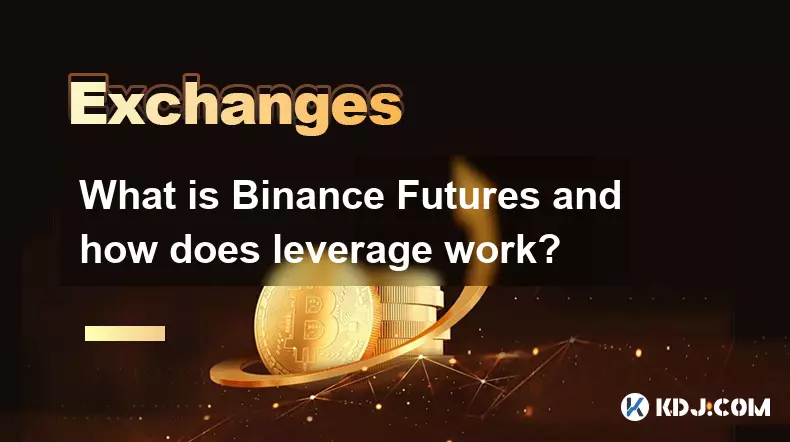
Binance Futures Overview
1. Binance Futures is a cryptocurrency derivatives trading platform operated by Binance, one of the largest digital asset exchanges globally. It allows users to trade futures contracts based on the anticipated price movements of various cryptocurrencies such as Bitcoin, Ethereum, and others. These contracts enable traders to speculate on both rising and falling markets without owning the underlying assets.
2. The platform supports two types of futures: USDT-margined contracts and coin-margined contracts. USDT-margined contracts use stablecoins like Tether (USDT) as collateral, which simplifies profit and loss calculations due to their price stability. Coin-margined contracts, on the other hand, use the actual cryptocurrency—such as BTC or ETH—as margin, making them more suitable for long-term hedging strategies.
3. Binance Futures provides access to real-time market data, advanced charting tools, and multiple order types including limit, market, stop-limit, and take-profit orders. This infrastructure caters to both novice and experienced traders who require precision and speed in executing trades under volatile market conditions.
4. Risk management features such as liquidation protection, insurance funds, and auto-deleveraging systems are integrated into the platform. These mechanisms aim to minimize unexpected losses during extreme volatility and ensure fair settlement of positions even when rapid price swings occur.
5. Trading fees on Binance Futures are structured based on whether the user acts as a maker or taker. Makers provide liquidity by placing limit orders that don’t immediately fill, receiving lower fees or rebates. Takers remove liquidity by executing market orders, incurring slightly higher costs.
Understanding Leverage in Futures Trading
1. Leverage allows traders to control a larger position size with a relatively small amount of capital. On Binance Futures, leverage can range from 1x up to 125x depending on the asset and contract type. For example, with 10x leverage, a trader only needs to deposit 10% of the total contract value as margin.
2. When using leverage, both gains and losses are amplified proportionally to the leveraged amount. A 5% price movement in favor of a 20x leveraged position results in a 100% return on the initial margin. Conversely, the same percentage move against the position would lead to a complete loss of the margin.
3. There are two modes of leverage adjustment: cross-margin and isolated-margin. In isolated mode, the maximum loss is limited to the margin allocated specifically to that position. Cross-margin uses the entire wallet balance to prevent liquidation, increasing risk exposure but offering more flexibility in volatile conditions.
4. Liquidation occurs when the market moves significantly against a leveraged position and the margin falls below the maintenance threshold. Binance employs an automated system to close these positions to prevent further losses, though partial closures may happen through its Auto-Deleverage System (ADL) if necessary.
5. Traders must monitor their maintenance margin requirements closely, as these vary depending on leverage level and position size. Higher leverage reduces the buffer before liquidation, demanding stricter risk assessment and active position management.
Risks and Strategies in Leveraged Trading
1. High leverage increases vulnerability to market noise and sudden price gaps, especially during low-liquidity periods or major news events. Sudden spikes or drops can trigger stop-losses or liquidations before manual intervention becomes possible.
2. Many experienced traders adopt position sizing techniques to limit exposure per trade, often risking no more than 1–2% of their total capital on any single setup. This approach helps sustain longevity in trading despite inevitable losing streaks.
3. Utilizing stop-loss and take-profit orders is critical when trading with leverage. These tools help lock in profits and cap potential losses automatically, reducing emotional decision-making during fast-moving markets.
4. Some traders use hedging strategies by opening opposite positions across different contracts or timeframes. For instance, holding a long perpetual contract while shorting a quarterly futures contract can reduce directional risk while maintaining exposure to funding rate differentials.
5. Over-leveraging remains the most common cause of significant losses among new futures traders. Understanding personal risk tolerance and respecting margin limits is essential for survival in this environment.
Frequently Asked Questions
What happens when a futures position gets liquidated?When a position’s margin falls below the required maintenance level, Binance automatically closes it to prevent further losses. Users may incur a liquidation fee, and remaining funds—after covering the deficit—are returned to the account. In extreme cases, the Insurance Fund covers residual deficits.
Can I change the leverage after opening a position?Yes, Binance Futures allows users to adjust leverage dynamically while a position is open. Increasing leverage lowers the entry margin requirement but also raises the liquidation risk. Decreasing leverage enhances safety margins but requires more capital allocation.
What is the difference between mark price and last traded price?The last traded price reflects the most recent transaction on the order book. The mark price, used for calculating unrealized PnL and triggering liquidations, is derived from the underlying spot index and funding rates to prevent manipulation and ensure fairness during high volatility.
How does funding rate work in perpetual contracts?Funding rates are periodic payments exchanged between long and short holders to keep the perpetual contract price aligned with the spot market. If the rate is positive, longs pay shorts; if negative, shorts pay longs. These transfers occur every eight hours regardless of position outcome.
Disclaimer:info@kdj.com
The information provided is not trading advice. kdj.com does not assume any responsibility for any investments made based on the information provided in this article. Cryptocurrencies are highly volatile and it is highly recommended that you invest with caution after thorough research!
If you believe that the content used on this website infringes your copyright, please contact us immediately (info@kdj.com) and we will delete it promptly.
- Crypto Forfeiture: US Treasury's Record $14 Billion Seizure
- 2025-10-15 10:45:16
- Elon Musk, Bitcoin, and the 'Energy Money' Revolution: A New Yorker's Take
- 2025-10-15 10:45:16
- XRP Price, 2025 Prediction, Bitcoin Strength: Decoding the Crypto Buzz
- 2025-10-15 10:50:01
- Bitcoin Jesus, DOJ Deal, and Tax Evasion: A Crypto Saga
- 2025-10-15 10:50:01
- Bitcoin's Balancing Act: Open Interest, Spot Volume, and the Price Pendulum
- 2025-10-15 10:50:01
- Bitcoin Scam Kingdom: DOJ Seizes $15B, Exposing Cambodia's Dark Side
- 2025-10-15 10:50:12
Related knowledge
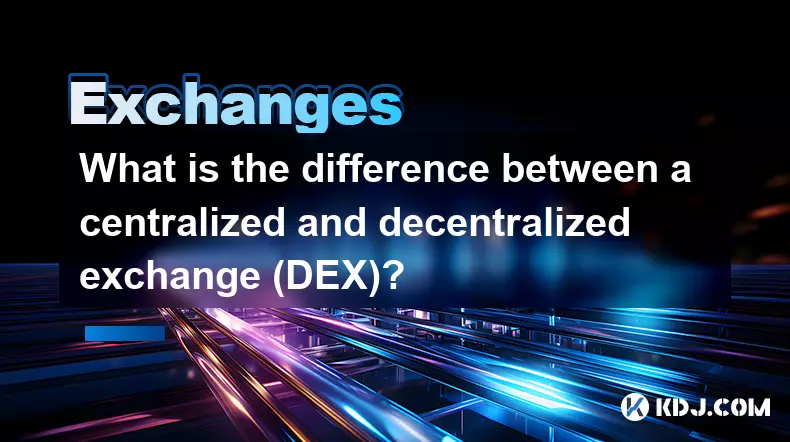
What is the difference between a centralized and decentralized exchange (DEX)?
Oct 14,2025 at 09:37am
Understanding Centralized Exchanges1. Centralized exchanges, commonly referred to as CEXs, operate under a traditional financial model where a central...
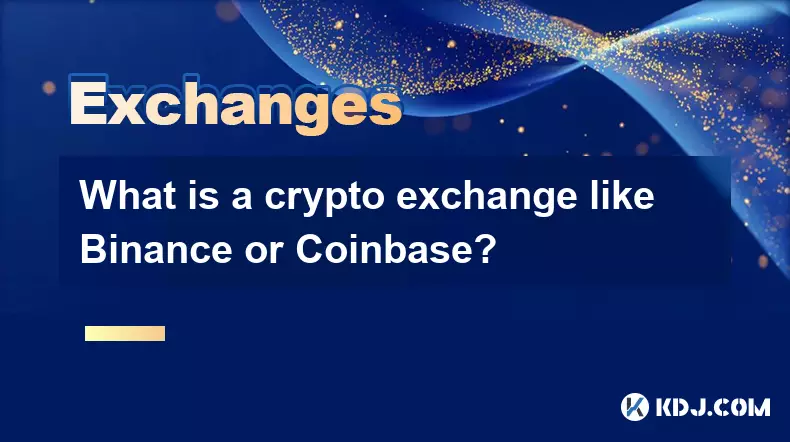
What is a crypto exchange like Binance or Coinbase?
Oct 13,2025 at 09:01pm
Bitcoin's Role in Decentralized Finance1. Bitcoin remains the cornerstone of decentralized finance, serving as a primary store of value within the cry...
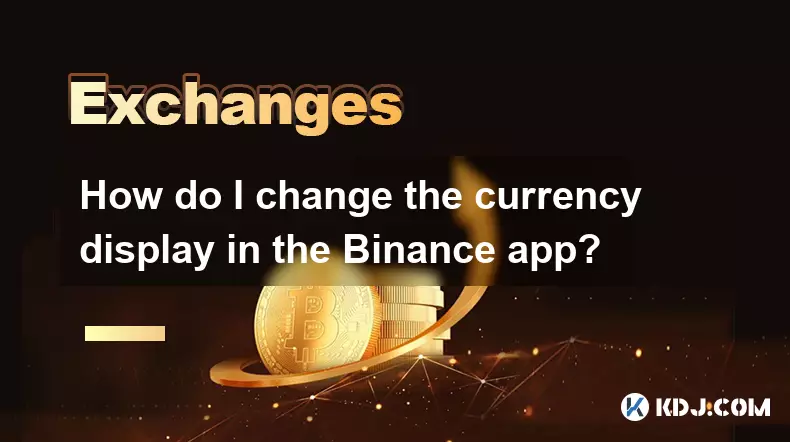
How do I change the currency display in the Binance app?
Oct 10,2025 at 11:36am
Changing Currency Display in the Binance App1. Open the Binance app on your mobile device and log into your account. Navigate to the home screen where...
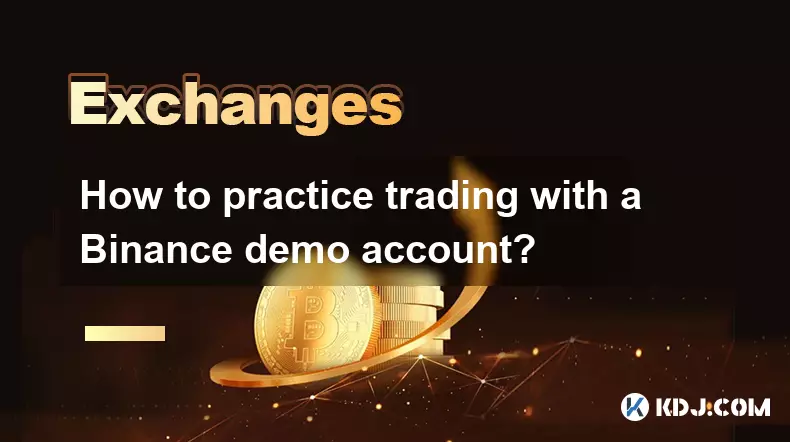
How to practice trading with a Binance demo account?
Oct 15,2025 at 09:37am
Setting Up a Binance Demo Account1. Navigate to the Binance website and log into your existing account or create a new one if you don’t already have o...
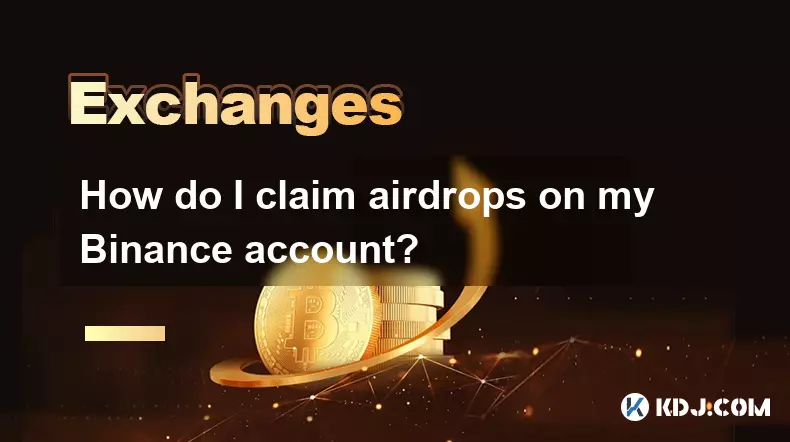
How do I claim airdrops on my Binance account?
Oct 14,2025 at 12:00am
Understanding Airdrop Mechanics on Binance1. Airdrops on Binance are promotional distributions of free tokens or coins conducted by blockchain project...

How to clear the cache for the Binance app?
Oct 12,2025 at 02:55pm
Understanding Decentralized Exchanges in the Crypto Ecosystem1. Decentralized exchanges (DEXs) operate without a central authority, allowing users to ...

What is the difference between a centralized and decentralized exchange (DEX)?
Oct 14,2025 at 09:37am
Understanding Centralized Exchanges1. Centralized exchanges, commonly referred to as CEXs, operate under a traditional financial model where a central...

What is a crypto exchange like Binance or Coinbase?
Oct 13,2025 at 09:01pm
Bitcoin's Role in Decentralized Finance1. Bitcoin remains the cornerstone of decentralized finance, serving as a primary store of value within the cry...

How do I change the currency display in the Binance app?
Oct 10,2025 at 11:36am
Changing Currency Display in the Binance App1. Open the Binance app on your mobile device and log into your account. Navigate to the home screen where...

How to practice trading with a Binance demo account?
Oct 15,2025 at 09:37am
Setting Up a Binance Demo Account1. Navigate to the Binance website and log into your existing account or create a new one if you don’t already have o...

How do I claim airdrops on my Binance account?
Oct 14,2025 at 12:00am
Understanding Airdrop Mechanics on Binance1. Airdrops on Binance are promotional distributions of free tokens or coins conducted by blockchain project...

How to clear the cache for the Binance app?
Oct 12,2025 at 02:55pm
Understanding Decentralized Exchanges in the Crypto Ecosystem1. Decentralized exchanges (DEXs) operate without a central authority, allowing users to ...
See all articles





















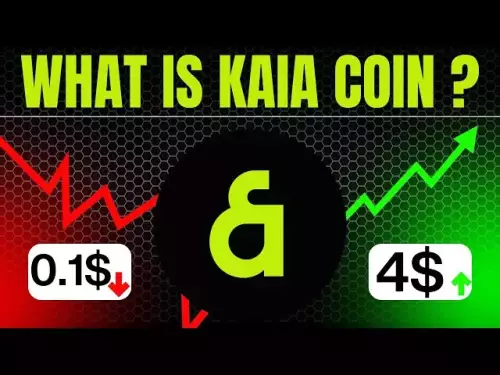




![Staking ATH: How To Stake $ATH in October 2025 with 523% APY — [Step-By-Step Guide] Staking ATH: How To Stake $ATH in October 2025 with 523% APY — [Step-By-Step Guide]](/uploads/2025/10/15/cryptocurrencies-news/videos/staking-ath-stake-ath-october-apy-stepstep-guide/68eef94d80903_image_500_375.webp)















































